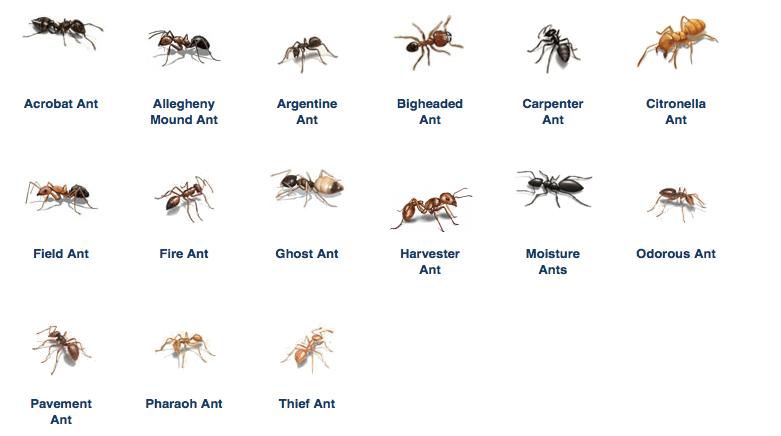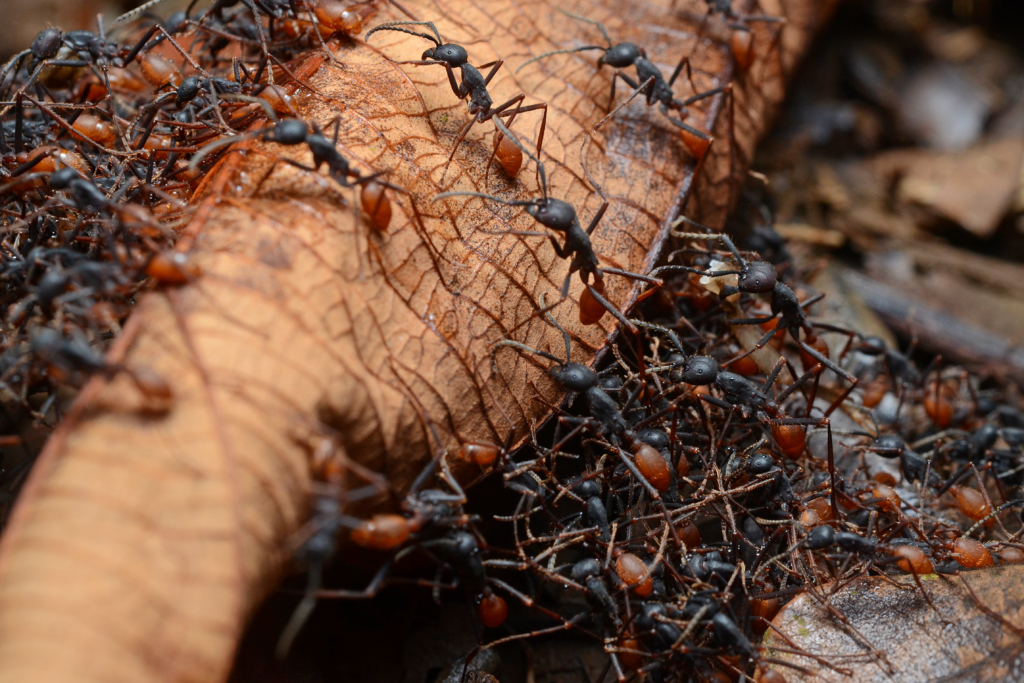Ant & How Many Species of Ant
Ants are some of the most fascinating creatures on Earth. These tiny social insects live in complex colonies with well-defined castes and social structures. They are incredibly diverse, with estimates suggesting there could be over 20,000 different species. “Ant & How Many Species of Ant”

Ants, renowned for their highly organized colonies and division of labor, belong to the family Formicidae and exhibit social behavior. These tiny creatures play vital roles in various ecosystems, from pollination and seed dispersal to soil aeration and nutrient recycling.
Evolution and Classification
The evolutionary history of ants dates back millions of years, with fossil evidence indicating their presence during the Cretaceous period. Over time, ants have diversified into thousands of species, exhibiting a wide range of adaptations to different environments.
Diversity of Ant Species
Ants belong to the family Formicidae, which is part of the order Hymenoptera. This family encompasses many species, differing in size, color, behavior, and habitat. The diversity of ant species is astonishing, with these insects found in virtually every terrestrial habitat on Earth, from the hottest deserts to the rainforest floor.
Estimating Ant Species
Despite their abundance, accurately estimating the number of ant species remains a challenging task for scientists. Researchers employ various methods, including field surveys, molecular techniques, and mathematical modeling, to estimate ant diversity.
Fascinating Ant Species
While it’s impossible to cover all ant species, here are a few notable ones that highlight the diversity within this family.
Leafcutter Ants (Genus Atta and Acromyrmex): These ants are famous for their ability to cut and transport leaves back to their nests. They don’t eat the leaves; instead, they use them to cultivate a fungus as their primary food source.
Weaver Ants (Genus Oecophylla): Weaver ants are known for their unique nest-building strategy. They construct nests by weaving leaves together using silk produced by their larvae.
Army Ants (Subfamily Dorylinae): Known for their aggressive behavior and large, highly organized raiding parties, army ants are nomadic predators that consume large amounts of insects and small vertebrates.

Fire Ants (Solenopsis invicta): Fire ants are infamous for their painful stings, which can cause severe allergic reactions in some people. They are highly invasive and can impact native species and agriculture.
Carpenter Ants (Genus Camponotus): Carpenter ants are known for nesting in wood, which can lead to damage to wooden structures. Unlike termites, they do not eat wood but excavate it to create their nests.
How Many Species of Ants Are There?
As of my last update in April 2023, there are estimated to be over 12,000 described species of ants. However, scientists believe this number represents only a fraction of the worldwide species. Some estimates suggest that there could be as many as 20,000 to 30,000 ant species, with many of them yet to be discovered or formally described. The process of identifying and classifying new species is ongoing, and each year brings discoveries in the world of myrmecology, the study of ants.
Global Distribution
Ants exhibit diverse distribution patterns influenced by factors such as climate, habitat type, and human activities. Ants are found on every continent except Antarctica, with tropical regions boasting the highest species richness.
Ecological Roles of Ants
Ants play crucial roles in ecosystem functioning, acting as seed dispersers, predators, scavengers, and decomposers. Their activities contribute to soil health, plant growth, and overall ecosystem stability.
Social Structure
Ant colonies exhibit intricate social structures, dividing individuals into castes based on age, size, and specialized roles. The queen, workers, and males collaborate to ensure the survival and reproduction of the colony.
Behavioral Adaptations
Ants exhibit a wide array of behaviors tailored to their ecological niche, including sophisticated foraging strategies, cooperative hunting techniques, and elaborate communication systems involving pheromones and tactile cues.
Ants and Humans
While ants provide valuable ecosystem services, they can also pose challenges to human activities. Some species are considered agricultural pests or nuisance pests in urban environments, requiring management and control measures.
Conservation Status
Despite their ecological importance, many ant species face threats such as habitat loss, climate change, invasive species, and pesticide exposure. Conservation efforts aim to protect ant diversity and the ecosystems they inhabit.
Ant Myths and Misconceptions
Ants have long been the subject of myths and misconceptions, often portrayed in literature and popular culture in inaccurate ways. Dispelling these myths can foster a greater appreciation for these remarkable insects.
Future Research Directions
Continued research into ant biology is essential for understanding their ecological roles, evolutionary history, and responses to environmental change. Addressing knowledge gaps can inform conservation strategies and sustainable management practices.
Conclusion
In conclusion, ants are more than just tiny insects; they are integral components of ecosystems worldwide, contributing to biodiversity, nutrient cycling, and ecosystem resilience. By unraveling the mysteries of ant biology and promoting conservation efforts, we can ensure the continued survival of these fascinating creatures.
FAQs About Ants & How Many Species of Ant
Q1- What is the largest ant species?
A1- The largest ant species is the Dinoponera gigantea, found in South America, with queens reaching over 3 inches in length.
Q2- Do all ants have stingers?
A2- No, not all ants possess stingers. Some species rely on biting or spraying formic acid for defense.
Q3- How do ants communicate?
A3- Ants primarily communicate through pheromones, tactile signals, and, in some instances, auditory cues.
Q4- Can ants swim?
A4- Many ant species can swim, using their buoyant bodies and hydrophobic cuticles to stay afloat.
Q5- Are all ants social insects?
A5- While the majority of ant species are social insects, some species exhibit solitary behavior, living and foraging alone.






